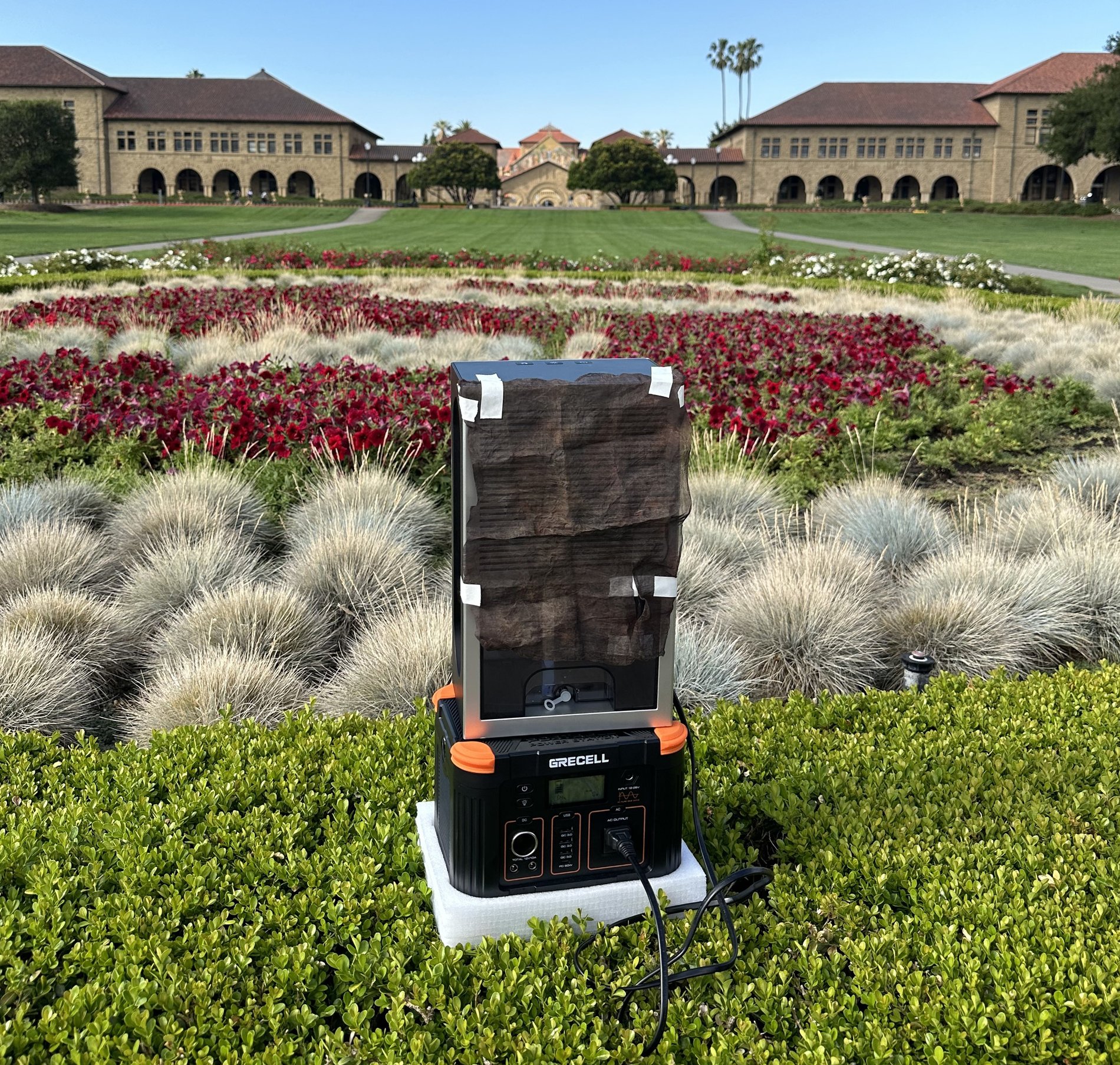
Dec 25, 2024
KFUPM and Stanford Join Forces for Groundbreaking Research
A pioneering research team from KFUPM, in collaboration with Stanford University, has developed a groundbreaking technology for synthesizing ammonia directly from air, water, and renewable energy sources, offering a clean, sustainable alternative to traditional ammonia production methods. This innovative process eliminates the need for the energy-intensive Haber-Bosch method, which relies on hydrogen derived from methane gas and nitrogen from the air, both of which contribute to global carbon emissions.
Ammonia, a crucial component in fertilizers and chemicals, is typically produced using fossil fuels, leading to significant environmental impact. However, the new technology promises a substantial reduction in carbon emissions while producing ammonia on-site, eliminating the need for transportation and contributing to global sustainability efforts.
This research is part of a collaborative project led by Dr. Basheer Chanbasha from the Chemistry Department, with contributions from various research centers at KFUPM, including the Membranes Water Security and the Center for Refining and Advanced Chemicals. The project has received support from the Advanced Materials Centre under the Sustainability Consortium, with further development done in partnership with Stanford University. The breakthrough prototype, which can produce ammonia sufficient for hydroponic agriculture, is a step towards scalable, green energy solutions, potentially revolutionizing the fertilizer and chemical industries.
The project aligns with the United Nations’ Sustainable Development Goals (SDG 7: Affordable and Clean Energy, SDG 13: Climate Action), offering solutions that can reduce CO₂ emissions, improve agricultural productivity, and support clean energy initiatives.
As part of the research’s scaling efforts, Mr. Abdullah AlAlawi, a PhD student at KFUPM, is leading efforts to expand the prototype for large-scale production. The team continues to work with global industry and academic partners to fast-track the commercialization of this breakthrough technology.
You May Also Like View all
- KFUPM Explorers Take Part in Global Dialogue Jul 01, 2025
- Bright Minds Kick Off Mawhiba at KFUPM Jun 30, 2025
- KFUPM Ranks 3rd Globally in sUAS Drone Competition Jun 29, 2025
- Camel Day Celebration Blends Taste and Tradition Jun 26, 2025